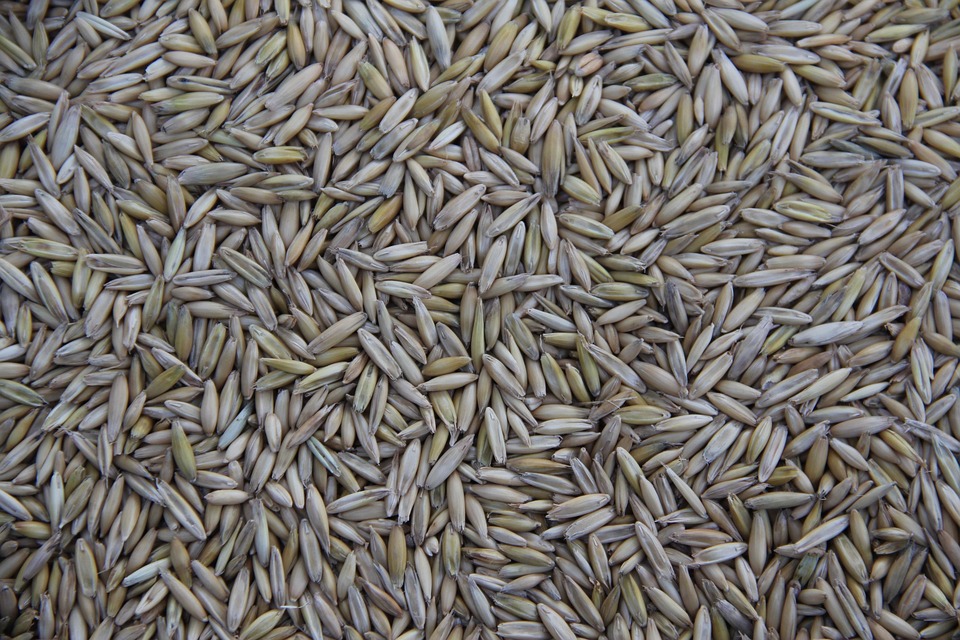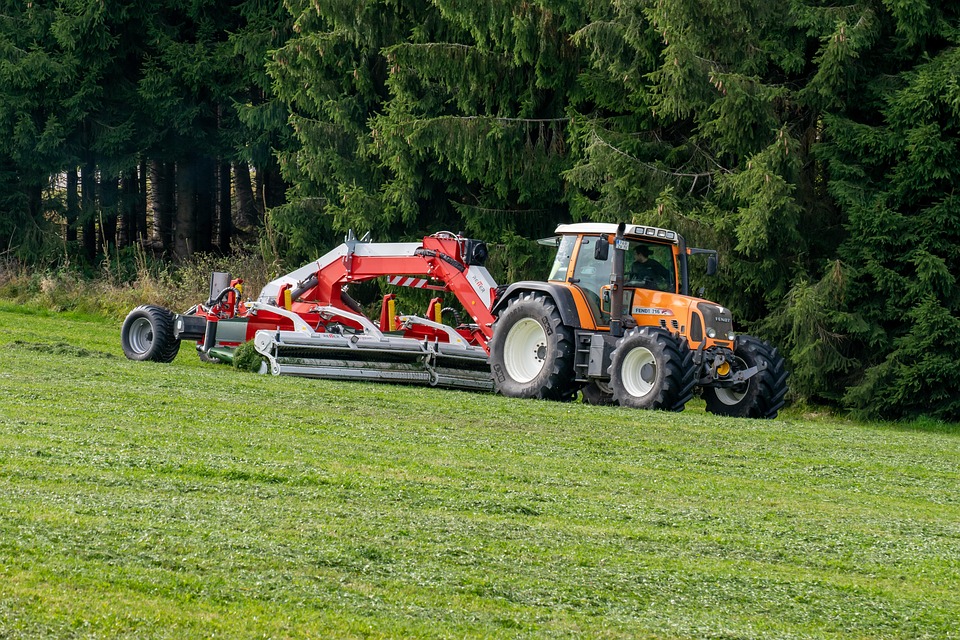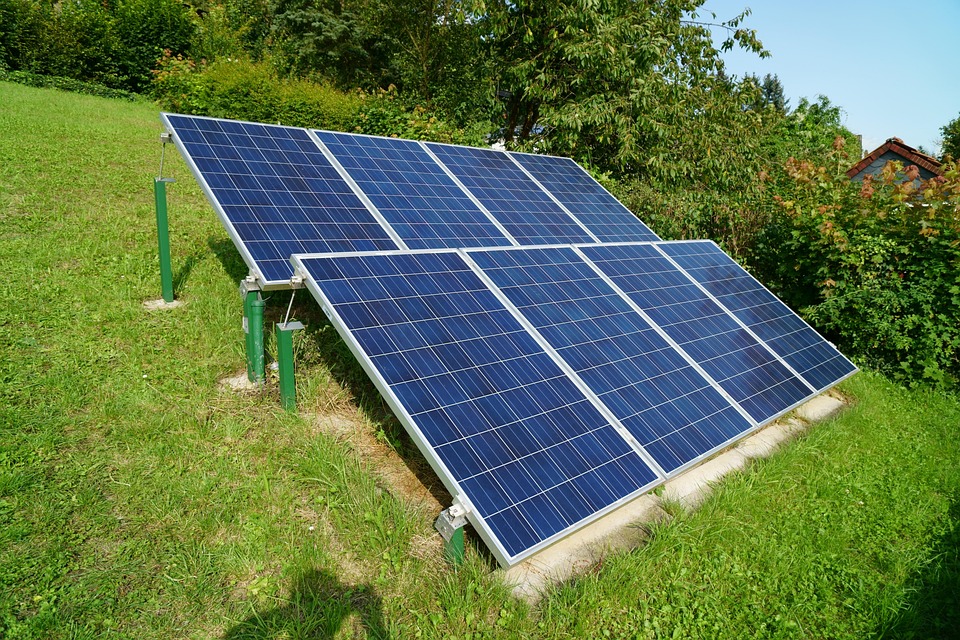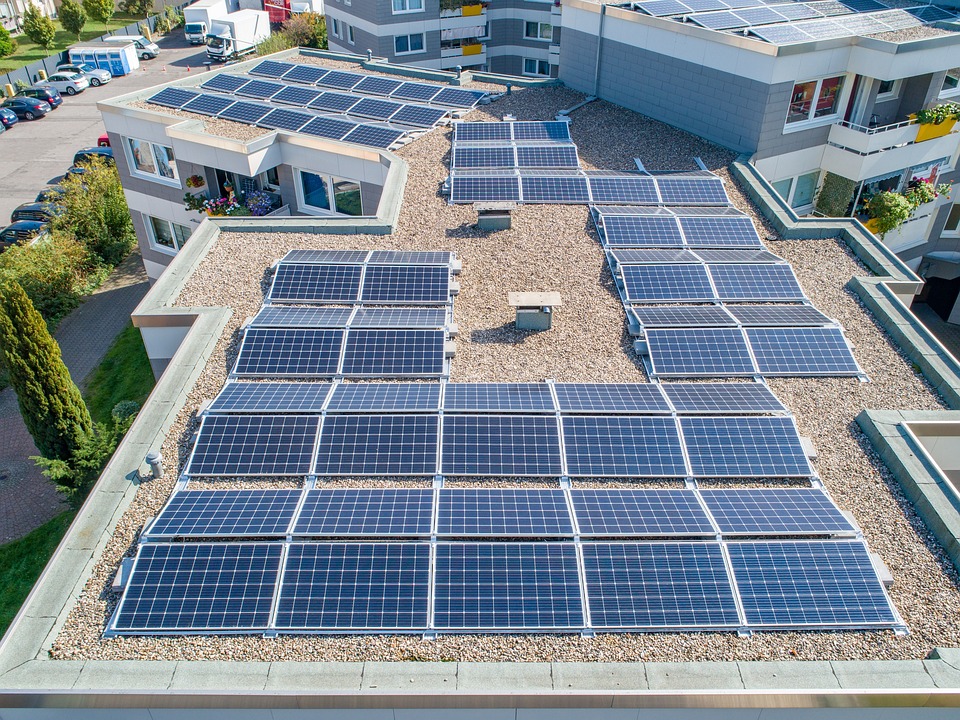**The Financial Benefits of Switching to Solar Energy for Your Home**
# The Financial Benefits of Switching to Solar Energy for Your Home When I made my leap to a sustainable lifestyle, one of the first changes I embraced was solar energy. Picture this: the sun rising over a dew-soaked morning, casting a golden glow on panels installed on my rooftop. The excitement of harnessing energy directly from the sun was palpable. The cherry on top? I quickly realized just how much money I was saving. If you’re considering switching to solar energy for your home, let me assure you that the financial benefits are as bright as that morning sun! ## Understanding the Basics of Solar Energy Before diving into financial benefits, let’s have a quick chat about how solar energy works. At its core, solar energy is the radiant light and heat from the sun, which can be converted into electricity using solar panels. These panels are composed of photovoltaic cells that absorb sunlight and transform it into usable energy. For homeowners, this means you can generate your electricity, reducing reliance on energy companies and enjoying a more self-sufficient lifestyle. ## The Initial Investment: A Step Worth Taking Switching to solar energy typically requires an upfront investment. The cost of solar panels, installation, and other components can range significantly, but government incentives are often available to offset these initial expenses. The good news is that many states offer rebates, tax credits, and other financial incentives designed to encourage homeowners to make the switch. Depending on your location, you may be able to significantly reduce your overall costs before even considering the long-term savings. ### Key Initial Considerations: – **Cost of Installation**: Generally ranges from $15,000 to $25,000 before any rebates or incentives. – **State Incentives**: Research your state’s offerings through the Database of State Incentives for Renewables & Efficiency (DSIRE). – **Financing Options**: Explore financing options, including solar loans, energy-efficient mortgages, and leasing options, so you can choose a pathway that minimizes disruption to your finances. ## Cutting Down on Energy Bills One of the most attractive financial benefits of transitioning to solar energy is the substantial reduction in energy bills. Homeowners who switch to solar can save an average of $1,500 annually. The savings potential increases when energy costs rise, which has been a consistent trend over the years. By generating your electricity, you can drastically cut or, in some cases, completely eliminate your reliance on your utility company. ### The Power of Net Metering Many states offer net metering programs, which allow homeowners with solar panels to sell excess energy back to the grid. If you produce more electricity than you consume, you get credits on your utility bill, effectively offsetting costs. Imagine receiving a bill that is not just low, but occasionally even shows credits instead of charges! ## Increasing Home Value Did you know that installing solar panels can increase the value of your home? According to real estate studies, homes equipped with solar energy systems can sell for up to 4% more than comparable homes without solar. Potential buyers increasingly seek energy-efficient features, meaning investing in solar not only benefits your wallet during your ownership but also ensures a return when it’s time to sell. ### Strong Resale Trends – **Market Appeal**: Homes with solar solutions are gaining traction, especially with buyers conscious about energy costs and sustainability. – **Investment Return**: On average, homeowners recoup about 70-80% of their solar investment when they sell their home. ## Energy Independence: A Hedge Against Rising Costs An important, though often overlooked, financial benefit of switching to solar is energy independence. By generating your own power, you shield yourself from fluctuating energy prices over the years. Traditional energy sources are subject to market volatility and geopolitical issues, making energy bills unpredictable. As fossil fuel prices continue to rise, solar energy provides a safeguard against future surges in energy costs—an invaluable aspect of financial planning. ## How to Make the Most of Your Solar Investment: Pro Tips When delving into the world of solar energy, a few strategies can amplify your financial benefits: 1. **Choose Quality Panels**: Invest in high-efficiency panels. They may have a higher upfront cost, but they produce more energy in less sunlight, maximizing your savings. 2. **Understand Your Energy Needs**: An energy audit can pinpoint how much energy you consume, allowing you to size your solar system appropriately. 3. **Consider Energy Storage Solutions**: Batteries allow you to store excess energy for nighttime use, enhancing energy independence and potentially reducing costs further. 4. **Monitor Energy Production**: Many systems come with apps that help you track energy production. Understanding your energy usage trends can help you optimize consumption. 5. **Regular Maintenance**: While solar systems require minimal upkeep, regular cleaning and inspections will ensure that your panels are operating at peak efficiency. ## Environmental Impact: The Unseen Financial Benefit Switching to solar is not just about the dollars; it’s a financial win for the planet, too. By reducing your carbon footprint, you contribute to a healthier environment and potentially reduce the financial burden of climate change on future generations. The more we embrace sustainable practices, the less we will need to invest in dealing with the effects of environmental degradation, which can have long-term economic repercussions. ## Conclusion: A Bright Investment for the Future Switching to solar energy may seem like a daunting commitment, but the financial benefits make it a worthwhile endeavor. From significant energy bill reductions and enhanced property value to energy independence and environmental gains, the perks are extensive. If you’re ready to embrace a brighter financial future, consider taking the plunge into solar—you’ll not only sweeten your financial portfolio but also join a community of like-minded individuals looking to make a positive impact. Embrace the sunshine, and let your bank account soar with your energy savings! With the bright potential of solar energy, it’s time to secure not only your financial future but also that of our planet. Happy solar journeying!










